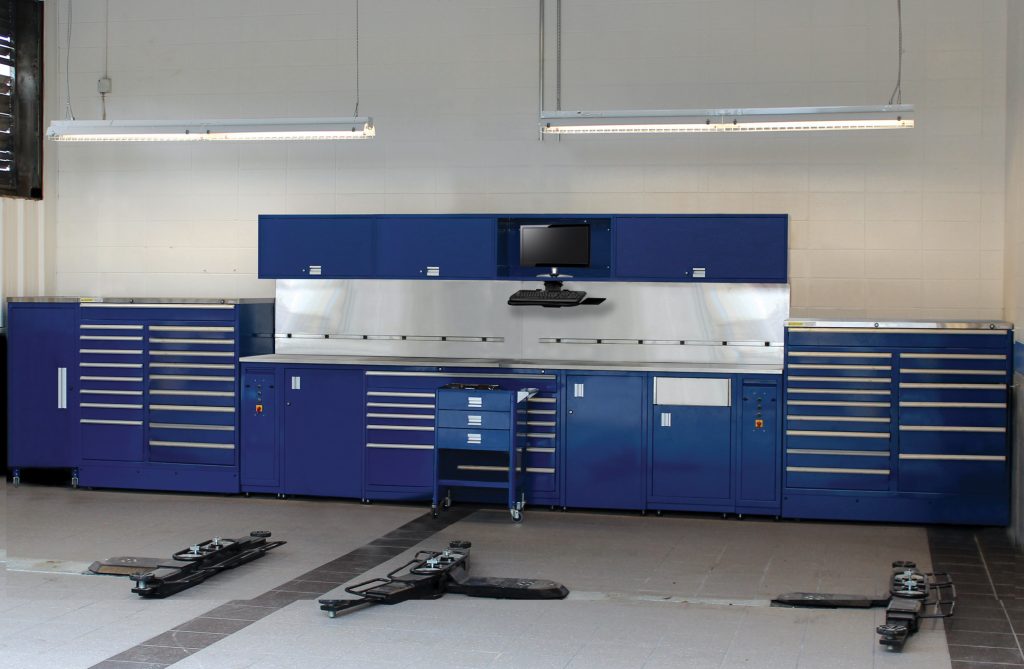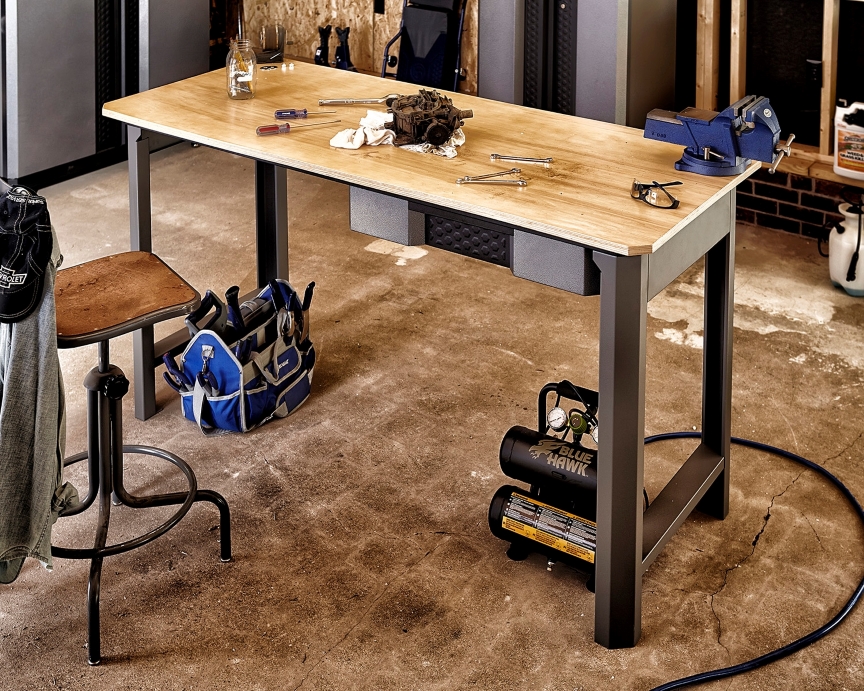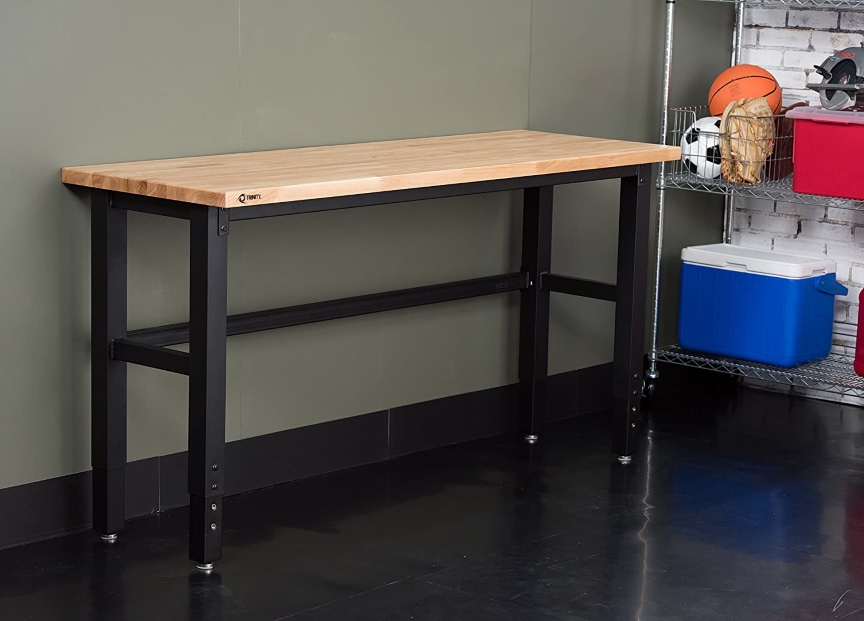
The Ultimate Guide to Stainless Steel Workbenches
If you’ve seen one workbench, you’ve seen them all. Wrong! This may be true for short glances from a distance, but upon closer inspection, there are more differences than similarities. Besides the four legs and top shelf, there are materials, designs, height, width, storage features, loading capacity and surfaces all different on any type of workbench. And all this depends on their purpose and where they are used.
Workbenches are seen as that bit of kit that provides a flat surface area for a range of different work to be carried out. This can be cutting, packaging, welding, assembly, testing, repair or just hammering away with larger power tools. The bench can also be used for storage, safely and neatly organising items in any size and shape, and yet having them within reach. The type of bench you decide to go with for your workshop or business needs to tick quite a few boxes.
If you’re after the highest durability and something that will last for years to come, (despite everyday use and abuse) consider a stainless steel work bench. This will work well in a variety of settings and cope with chemicals, oils, temperature extremes, abrasives, moisture and different factors that render other materials useless in a short time. Workbenches consisting solely of stainless steel are the ones that you’ll see more of. But other materials are also used in combination. Woodworkers and carpenters, for instance, want the durability of a steel frame but may opt for a thicker wood surface. In addition, in workplaces where excessive corrosion is an issue, consider a workbench in a mix of aluminium and stainless steel.

Contents
What Makes a Good Workbench?
Putting more thought into relevant factors means you’ll have a workbench that fits well in the setting, fulfils its purpose and won’t need replacing any time soon. Look to sturdy construction, the gauges and thickness of stainless steel, and if working with very heavy loads, higher loading capacities. You’ll also want something that’s the right height and width. Go for surfaces that make the best with what you work with. If you’re also using the workbench for storage, consider how any addons or accessories will be used and where they will be placed. Avoid too much clutter to ensure a safe working environment. Lastly consider whether the workbench will be fixed or portable, depending on your space needs.
Workbench Construction and Materials
Stainless steel workbenches offer high durability for any application. Shelves in thick gauge stainless steel sit atop welded legs and reinforced struts. Shelves are treated to a non-reflective polished finish that resists staining and corrosion. Customers can choose between different designs for shelving as well as the shelf thickness for higher load capacities. There’s also the choice of castor if you need the bench to be moved around the workplace, or with feet that can include lag holes if the bench is to be anchored into the floor.
Loading Capacity
Consider the day-to-day activities in which the workbench will be used. If you work with heavy machinery, parts or materials, ensure that the loading capacity of the workbench is enough to provide a safe work area. Shelves can be selected with different weight loadings, and it’s not uncommon to find steel workbenches that won’t budge even under 5000 kilos of equipment. Needless to say, loading capacities depend on the thickness of the steel and overall construction.
Height and Width
Sizing your bench for the workspace as well as the type of job means a seamless fit and improved workflow. Consider how much space you have to work with. You won’t want something that encroaches on other areas and obstructs safety. In addition, if the bench will also be used for storage, consider shelf, drawer and compartment sizes and the equipment or tools they’ll be used for.
When thinking of workbench height, determine whether you’ll be standing or sitting. Benches with fixed height are often at waist level, or 80 to 90 cm at the top shelf and these are often those that you’ll be standing over. Workbenches with adjustable heights offer more flexibility as to who can use them (and how), but lack the sheer strength of fixed height benches.
As for widths, most workbenches start at 600mm, or standard shelving depths, but you can also go with something much bigger. Size your bench according to the job. Bigger is not always better, especially when you’re using up workspace that can be put to better use.

Surfaces
An austenitic stainless steel work bench with an electrostatic discharge (ESD) surface is needed for electronics assembly for the antistatic properties. Stainless steel is also the ideal material when working with solvents and oil and is required for sterilised settings like laboratories. For packaging or carpentry work, you might want to consider a stainless-steel frame and a wood or laminate top surface.
Workbench Accessories
There’s a whole lot that you can add to your workbench to make work easier and more organised. Shelves, drawers, and cabinets can be configured in countless ways. Additions like splashbacks keep the work area contained, and trays, dividers, bins and backboards store and organise smaller items in defined spaces for easier access and visibility.
Pricing
Workbenches are priced according to construction, materials, loading capacity, added features and size. Consider where and how the workbench will be used, overall dimensions, workloads in everyday use, and which additions help in your line of work.

